FREE SHIPPING AT AN ORDER VALUE OF 75 €
Protein is one of the food groups you must include in a healthy diet. It is a macronutrient responsible for building muscle mass. Additionally, it helps keep the skin and other tissues healthy. Protein is present in various foods, including fish and seafood.
If you are looking to put together a high-protein diet, fish should be your go-to. The advantage of fish over meat and chicken is that it comes in many alternatives, each with its benefits. Whether you prefer low fat or a high vitamin B content, you can find the right species. Choosing your protein source is crucial, which is why you should know more about the subject.
Protein being a macronutrient means the body requires it in large quantities to provide the energy necessary to sustain life. It’s particularly essential in the repair and recovery process since it facilitates muscle and tissue building.
If you exercise, then protein should be a big part of your diet. Rigorous activities weaken the muscles, and protein helps get them back in form.
Experts recommend consuming protein at least 30 minutes after an intense workout. So, if you have breakfast after your exercise regimen, consider having a fish meal a few times a week. Most people turn to powdered protein, like shakes. However, sourcing protein from your diet is the best option.
Failing to supply your body with protein requires it to tap into the reserve in the muscles. It’s how some weight-loss diets work. Conversely, if you consume too much, then it leads to weight gain because the excess is used as calories. For this reason, you should know how much of the nutrients to take for the right balance.
The recommendation is to eat 0.36 grams of protein for every pound you weigh.
Adult females should consume 46 grams a day, while males need at least 56 grams.
You can spread out your daily intake across different meals during the day.
If you are to get the proteins you need from fish, then know what different alternatives offer. The nutrient content varies across various fish species, and your needs will determine the most suitable. Note that most omega-3 fatty acids are responsible for most of the fat in fin fish.
Tuna is a staple because it is readily available and affordable for most people. The advantage of tuna is that it’s almost all protein, with low fat and calorie levels. A serving offers about 26 grams. Additionally, it contains vitamin B, phosphorus, magnesium and potassium. The high amounts of selenium give it useful antioxidant properties. Other alternatives that are sources of complete protein and low on calories are halibut, tilapia, Alaskan pollock and cod.
Salmon is another popular choice. The pink type contains approximately 22 grams in a serving, while sockeye, Atlantic and Coho offer about 24 grams of protein. Dried fish is also a decent protein supply, and is available in many varieties. Whether you prefer haddock, cod or flounder, dried fish has low fat, vitamins and minerals.
Most fish species are safe to eat several times a week. However, for maximum health benefits, avoid eating deep-fried fish regularly. Baking, steaming, grilling and broiling help reduce fat.
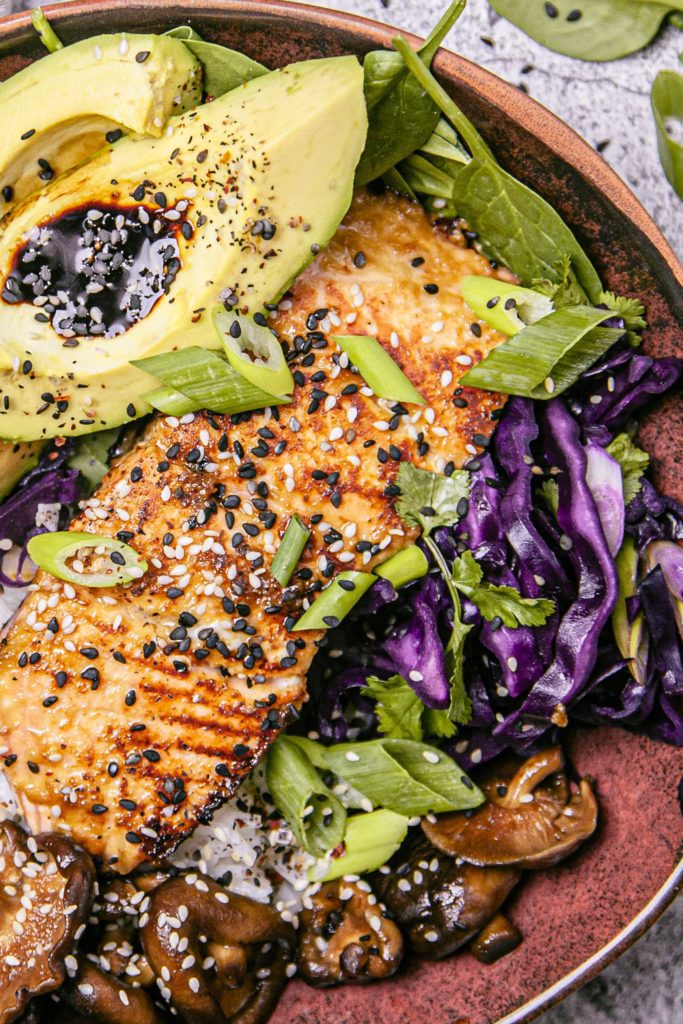
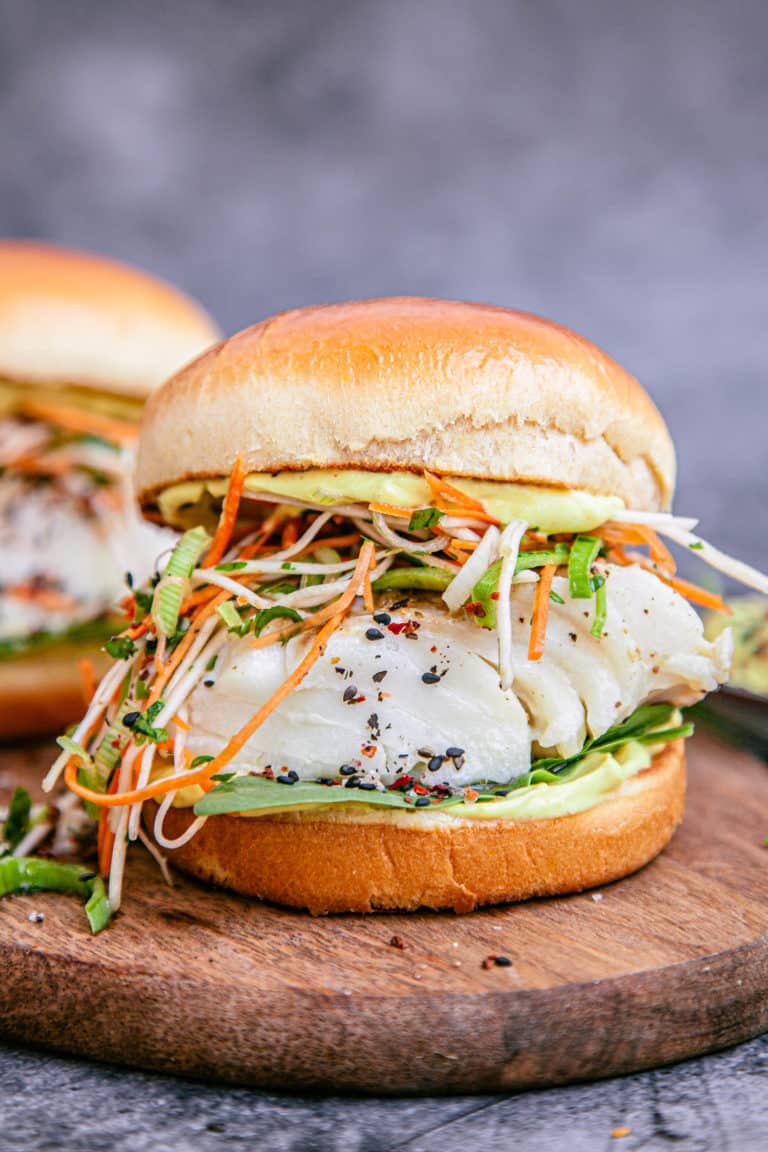
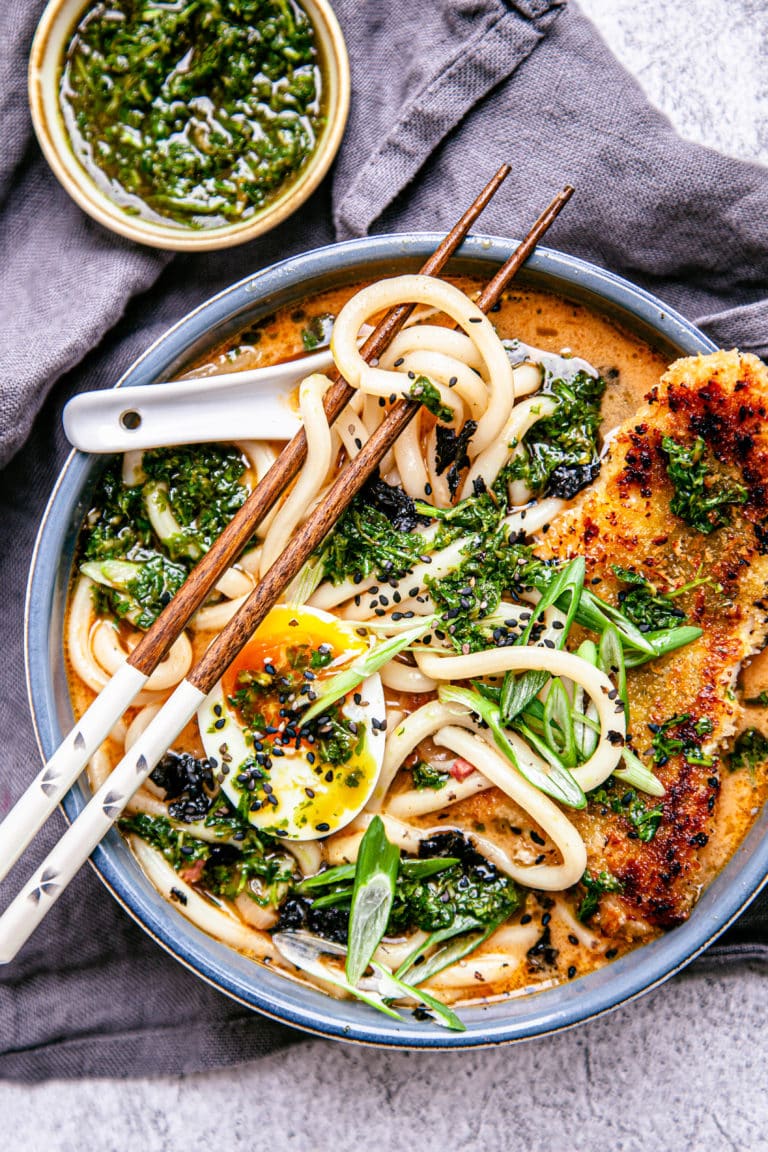
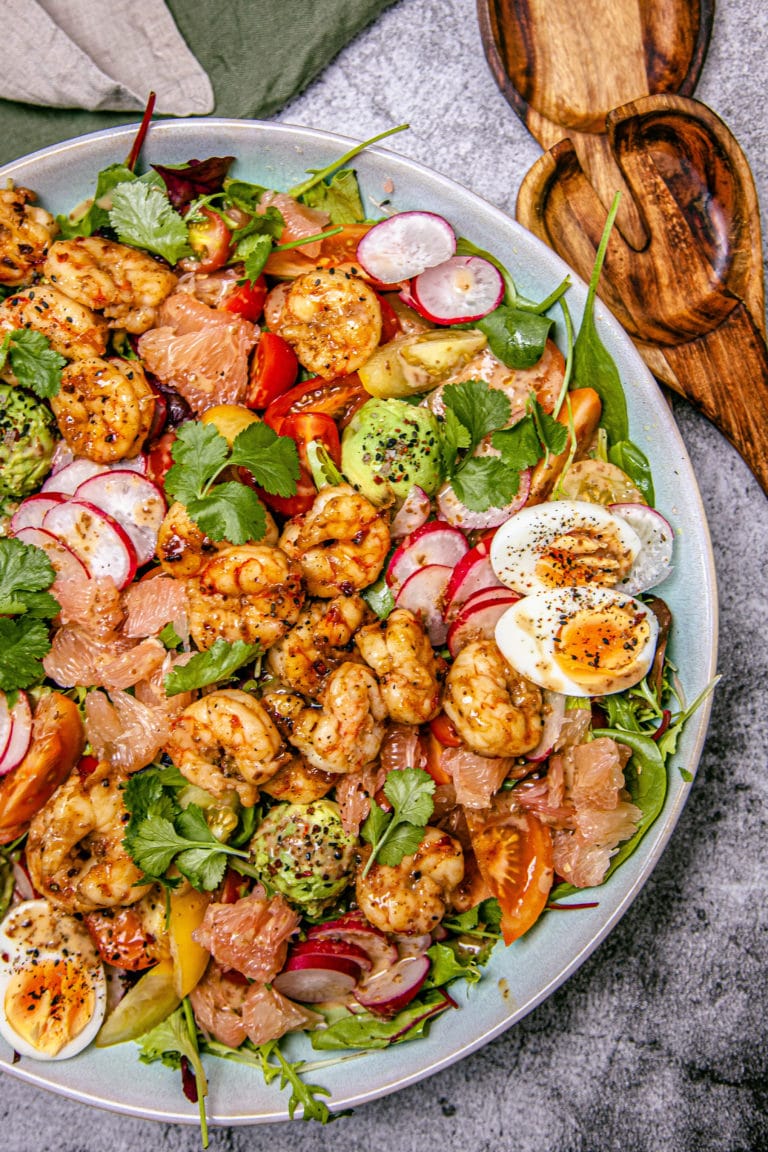
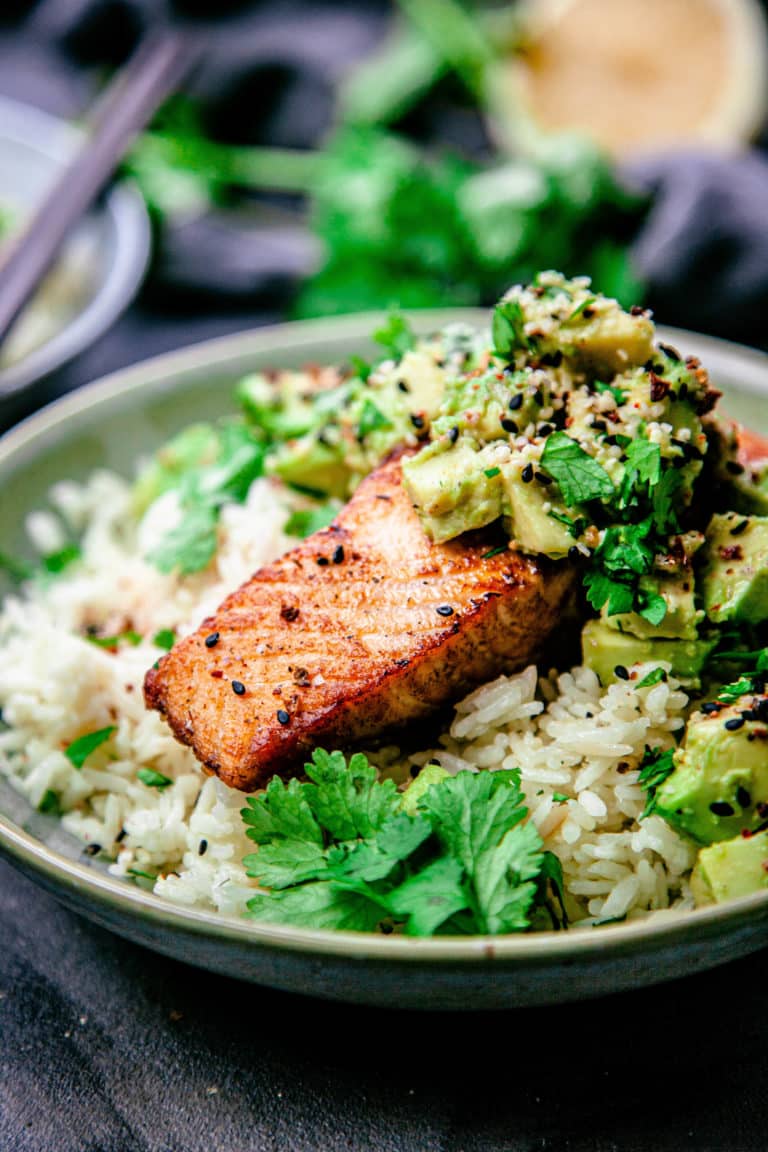
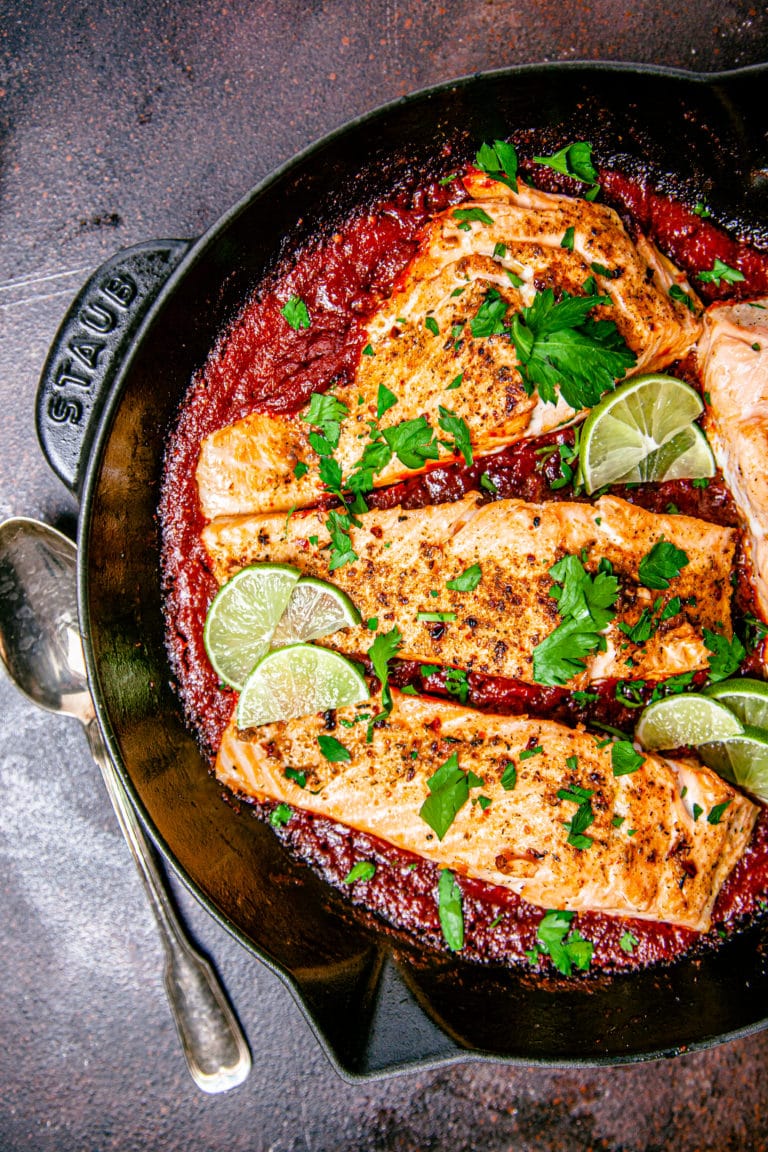


2022. © The Bitery GmbH. All rights reserved. | Cookies